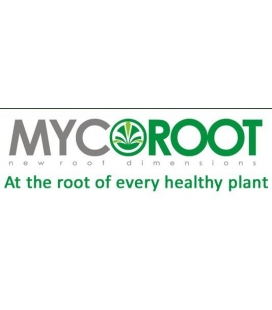Categories
- » Accessories
- » Cloning & Propagation
- » Controllers
- » Ducts, Pipes, Clamps
- » Fans
- » Filters
- » Grow Media
- » Grow Systems
- » FloraFlex
- » Indicators & Monitors
- » Method Seven
- » Lighting
- » Nutrients & Pest Control
- » Pots & Trays
- » Pumps
- » Tents, Plastics & Foils
- » All Products
- » Seeds & Clones
- » Black Friday


TDS-3 Meter
TDS, which is based on conductivity, is expressed in parts per million (ppm) or milligrams per liter (mg/L). TDS includes any conductive inorganic element present other than the pure water molecules (H2O) and suspended solids. The higher the TDS level in the water, the greater the probability of harmful contaminants that pose health risks or hinder the absorption of water.
FEATURES:
Accurate due to its microprocessor technology.
Hold Function: saves measurements for convenient reading and recording.
Auto-off function: shuts off automatically after 10 minutes of no use.
Measurement Range: 0-9990ppm. From 0-999ppm, the resolution is in increments of 1ppm. From 1000 to 9990ppm, the resolution is in increments of 10ppm, indicated by a blinking 'x10' image.
Display: LCD screen.
Calibrated with a 1000ppm NaCl solution (included).
Meter can be recalibrated manually with a mini-screwdriver.
SPECIFICATIONS:
Range: 0 - 9990 ppm (mg/L).
Resolution: 0 - 999: 1 ppm; 1000 -9990: 10 ppm (indicated by a 'x10' icon).
Accuracy: +/- 3%.
Temperature Range: 0 - 80°C.
Temperature Resolution: 0.1°C.
Power source: 2 x 1.5v button cell batteries (LR44 or equivalent)
EC, TDS and CF in Hydroponics:
EC is an indication of how much resistance is in the solution. The more nutrients in the solution, the higher the EC. EC is often converted into PPM (parts per million), which is only an indication of TDS. CF is simply the European standard of measurement. An EC measurement is simply multiplied by 10 to reach the same CF. However, because the standards differ slightly, they use different conversion factors to reach TDS. For ease of use as well as accuracy, PPM is commonly used in hydroponic cultivation, however, it is an EC parameter that has been multiplied by a conversion factor. Usually, the EC meter will do the conversion automatically, however, some meters may only show EC. You then need to find out which conversion factor applies to that meter and apply it.
Plants require increasing amounts of nutrients as they grow, but will decay if the solution is too strong. It is always recommended to monitor the plant for signs of nutrient deficiency or nutrient burn and adjust the feeds accordingly.
For more info on EC, TDS and CF, click here
Customers who bought this product also bought:
Customer ratings and reviews




















